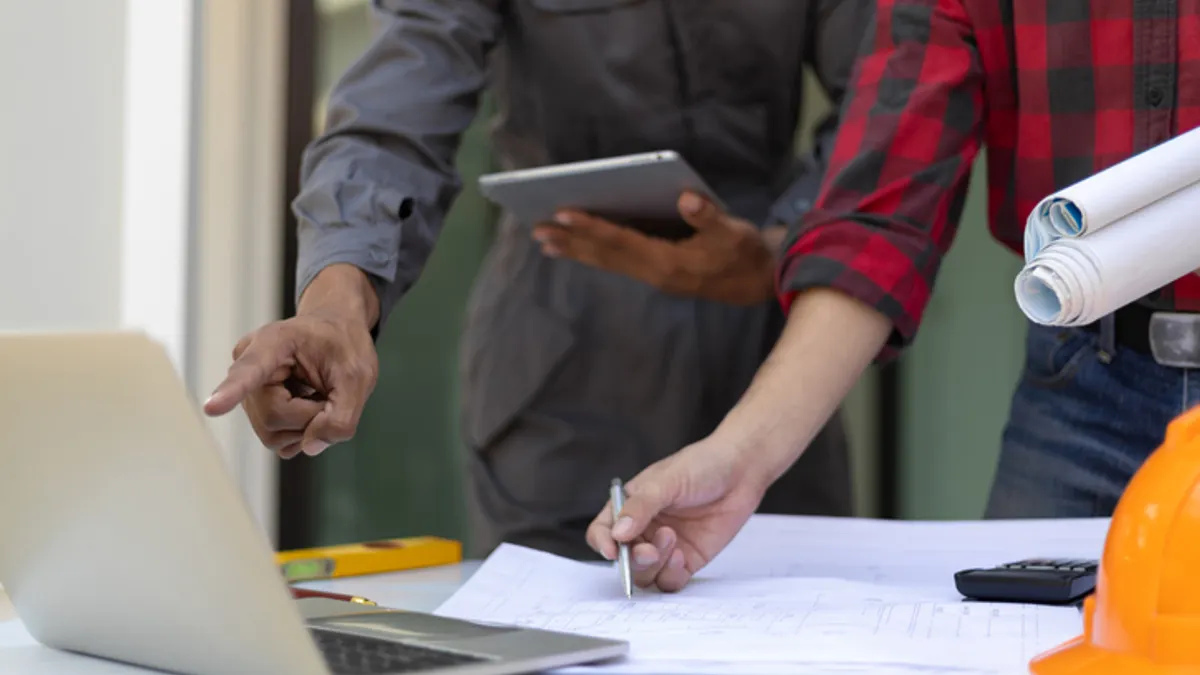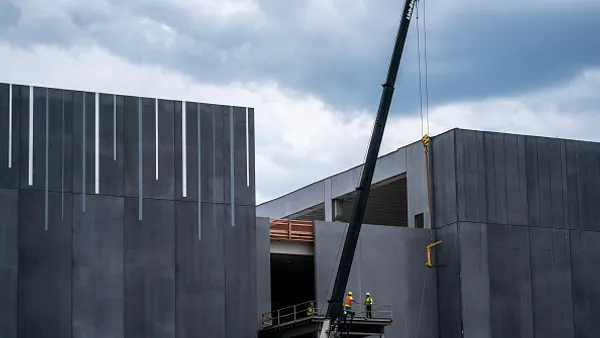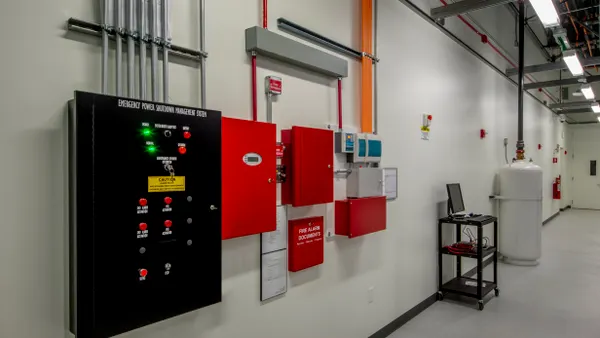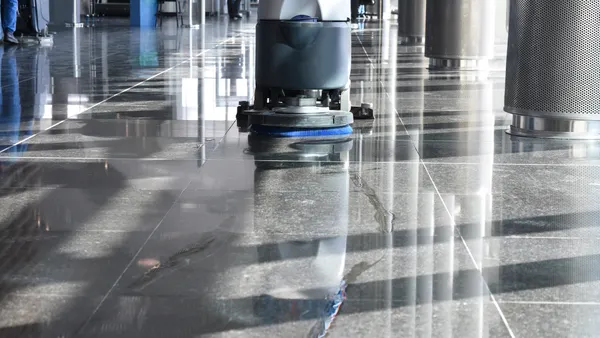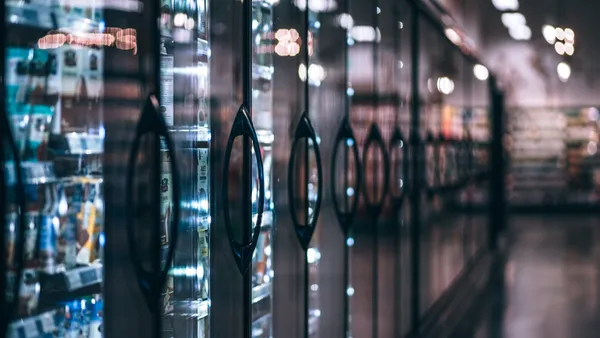Managers have traditionally used two-way radios to stay in communication with their front-line staff, but with companies now offering software-based alternatives to these systems, the opportunity to leverage communications to boost employee performance is becoming clearer, says Chris Chuang, CEO of cloud communications platform Relay.
“We built what we think is a modern radio,” Chuang told Facilities Dive.
Weavix and Motorola Solutions also offer products in the smart workforce radio space.
Software-based radios have an unlimited range and an unlimited number of channels, Chuang said. They also can create a record of communications over time that managers can analyze.
“We say we’re like Slack for front lines,” said Chuang. “And, like Slack, the benefit is that everything can be stored.” He identified several other benefits:
Recording and replay. Having a record of communications over the channels can help managers make decisions on how to allocate employee time. Relay got a trial-by-fire lesson of this at the start of the COVID-19 pandemic, when it chose hotels as the first property segment it wanted to focus its services on, Chuang said.
“We grew rapidly despite COVID, despite hotels being shut down and despite staff being furloughed,” he said. “Why? Because although you have fewer people, you still have work to do. So, what do you need? You need to communicate better. You need to coordinate people more efficiently.”
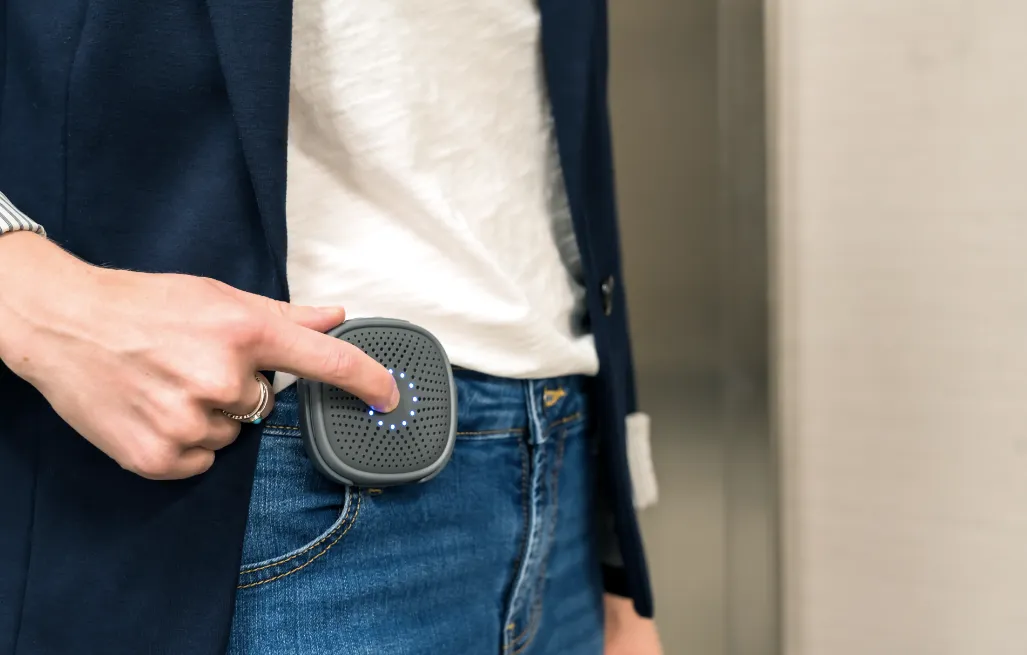
In a hotel setting, channels can be set up for housekeeping, food and beverage and security, among others. There’s also typically a channel for all staff. Since the system keeps a record of all communications in all channels, managers that miss a critical communication can access a transcript to get caught up on what was said.
“They can go look back, or they can search across a lot of different channels or by keyword topic,” he said.
If there’s an emergency, all employees can receive an alert.
“Sometimes you have a general announcement or emergency situation – an active shooter or an evacuation for whatever reason,” he said.
The software can reside on purpose-built, voice-activated mobile devices. If users want to talk just to housekeeping, they say “Housekeeping,” and the call routes to that channel.
Panic button and optional location tracking. The device doubles as a panic button so employees can send an alert if they feel unsafe. If enabled, the system also provides location tracking so managers can know where device users are at any moment.
“A lot of front-line [staff] roles tend to be more exposed to physical danger of various sorts,” he said. If the tracking is enabled, “we’ll know exactly where you are and be able to get a response quickly to you.”
The tracking can also help move employees around the facility more efficiently, he said.
“That’s ultimately a benefit for the manager of operations, but also we hear there’s a lot of benefit to the end user,” he said. Consider use cases in large buildings or campuses. “The most frustrating thing [we hear] is, you walk across the whole campus and walk back to the office, and your manager sends you back [out to where you were]. If they knew you were over there, they could have just sent you more efficiently.”
Real-time translation. The system offers real-time translation, so for employees whose native language is Spanish, they can speak in that language and have it translated into the language of the person on the other end of the communication.
“You log into the device by tapping into your ID badge,” Chuang said. “So, we’ll know, ‘Okay, this is Chris, a Spanish speaker,’ and it will turn that device into a Spanish-language device and allow him to communicate in his more comfortable native language and you in yours, and now I can go across any demographic span.”
The translation is done by an Alexa-like robotic voice, but the system plays the original message first to preserve the subjective element of the communication – the inflection of a question or the emotion of someone who feels at risk.
“We’ll play what you actually said, in your tonality, and then we’ll immediately translate it,” he said. “That happens pretty much instantaneously.”
The Relay subscription service can also work via an app on a smartphone, Chuang said.
“Unlike with radios, you can talk on your iPhone via our app to a radio user, and vice versa,” he said. “And because it’s cell and Wi-Fi based, there are no range limits…. so it’s unifying communications.”







